Delete Comment?
Are you sure you want to delete your comment?You can’t undo this.

Delete Comment?
Are you sure you want to delete your comment?You can’t undo this.

Shopping
Discover famous regions in Korea
Each region offers a distinct flavor and cultural experience, making it important to tailor your itinerary and accommodations accordingly.
20 Dec, 2024
Shopping
Discover famous regions in Korea
Each region offers a distinct flavor and cultural experience, making it important to tailor your itinerary and accommodations accordingly.
20 Dec, 2024
Understanding the significance of these regions is essential for planning an unforgettable journey. From the bustling streets of Seoul to the coastal charm of Busan, and the pristine natural beauty of Jeju Island, each region offers a distinct flavor, culture, and history. In this article, we'll delve into the characteristics of these regions to help you navigate your South Korean adventure with confidence and curiosity.
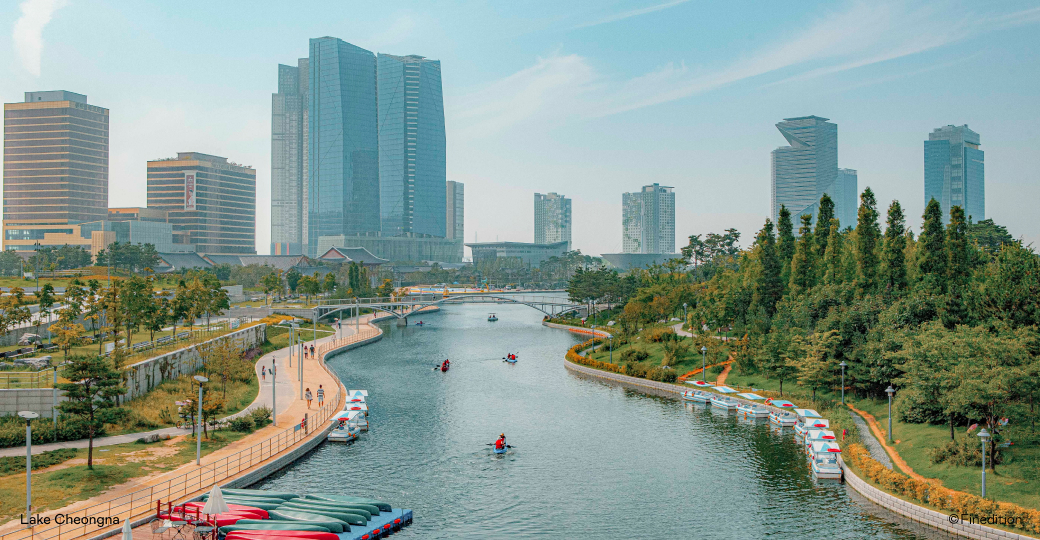
Now, let's delve into each region's distinctive charm, culture, and activities that beckon foreign travelers. Our selection of these six regions is based on a combination of factors that collectively provide foreign travelers with a well-rounded experience of South Korea: Geographical Diversity, Cultural Significance, ctivities for Diverse Interests, Transportation Connectivity.
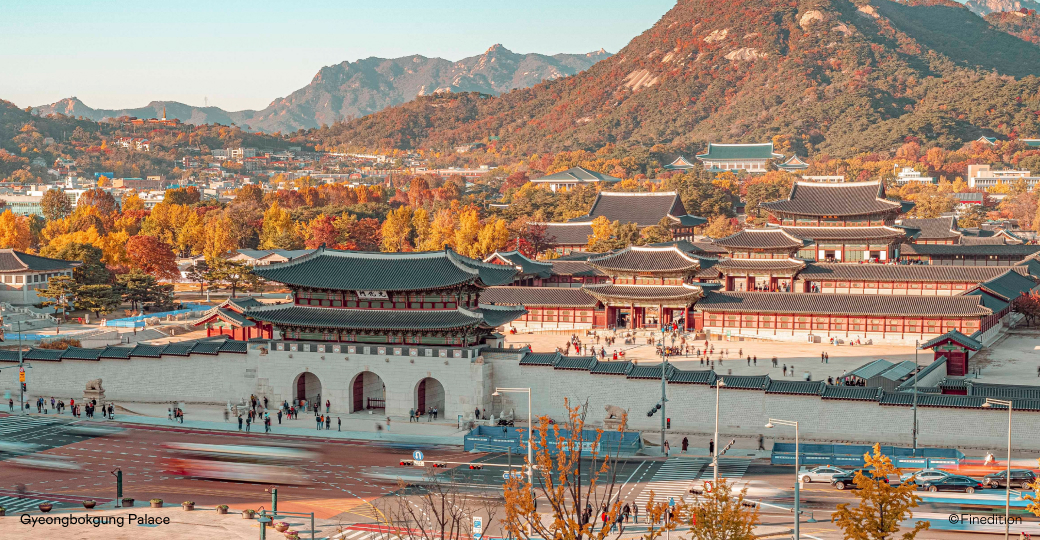
Seoul - The Vibrant Capital
Seoul is an obvious choice for any South Korea itinerary. It serves as the cultural, economic, and political hub of the country. The city effortlessly blends the old and the new, with historic palaces like Gyeongbokgung and Bukchon Hanok Village coexisting alongside futuristic skyscrapers. It's a melting pot of South Korean culture, and foreign travelers can explore traditional markets, bustling shopping districts, and the thriving contemporary art scene in Insadong.
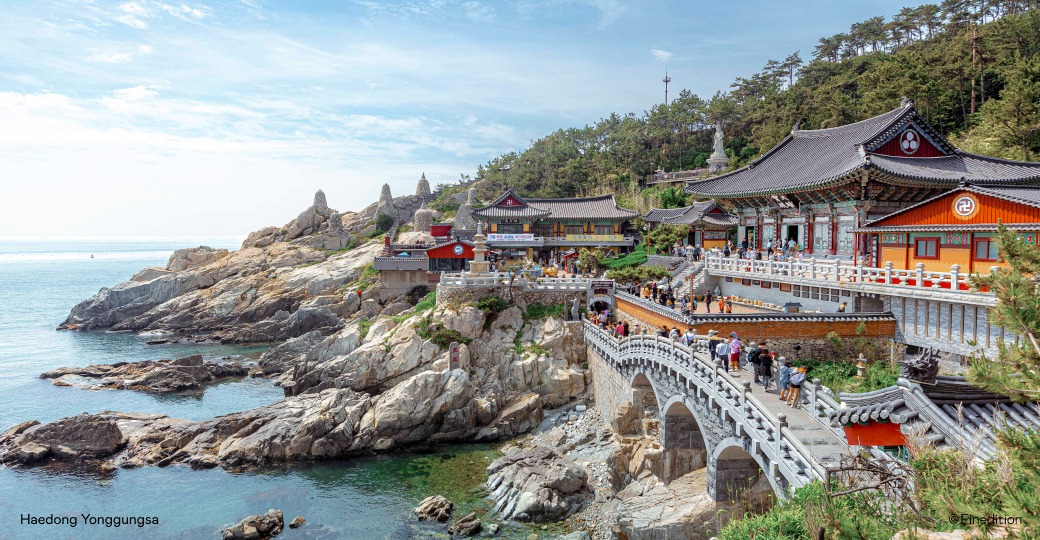
Busan - Coastal Charm
As the second-largest city in South Korea, Busan offers a completely different experience. The city's coastal location means it's all about beaches, seafood, and the ocean. It's perfect for travelers seeking a mix of culture and relaxation. The city is famous for its stunning beaches like Haeundae and Gwangalli, along with vibrant festivals, and the bustling Jagalchi Fish Market.
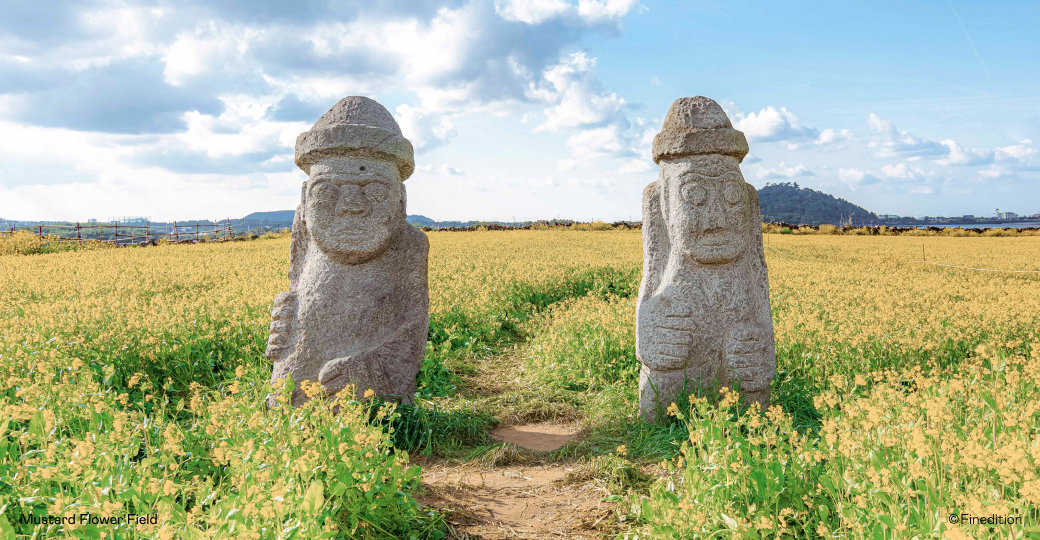
Jeju Island - Natural Beauty
Jeju Island, a volcanic paradise, is known for its breathtaking natural landscapes. It's a unique region that feels like a world apart from mainland South Korea. The island is famous for its waterfalls, lush forests, lava tubes, and unique cultural heritage. Travelers can enjoy hiking, exploring caves, and experiencing the local culture, including unique Jeju divers.
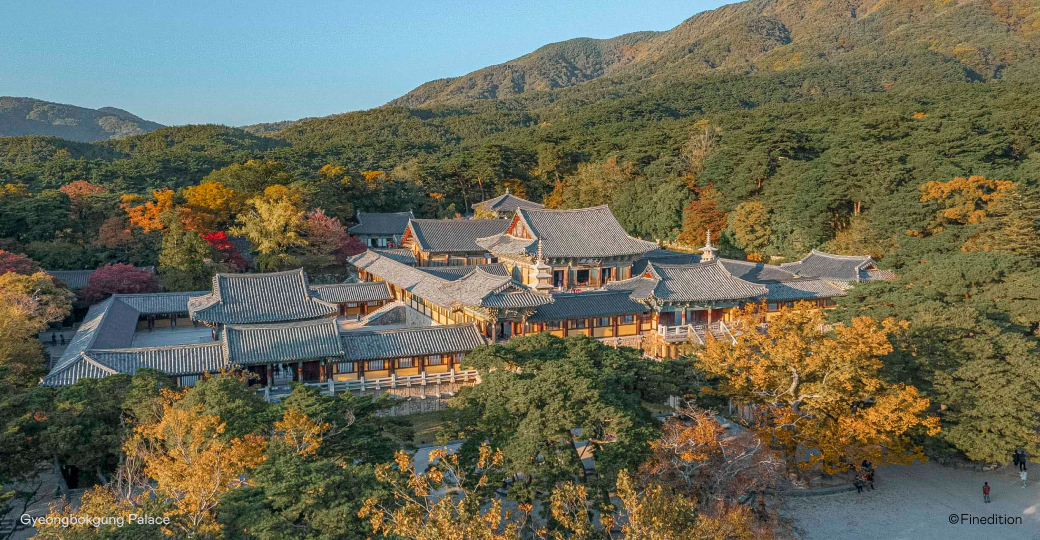
Gyeongju - Historical Treasures
Gyeongju is often referred to as an open-air museum due to its wealth of historical sites. This region provides an in-depth look at South Korea's rich history and heritage, featuring ancient temples, royal tombs, and archaeological sites. Foreign travelers who are history enthusiasts can immerse themselves in the fascinating stories of this ancient capital, which was once known as 'Seorabeol.' Gyeongju is an opportunity to explore the roots of South Korean civilization.
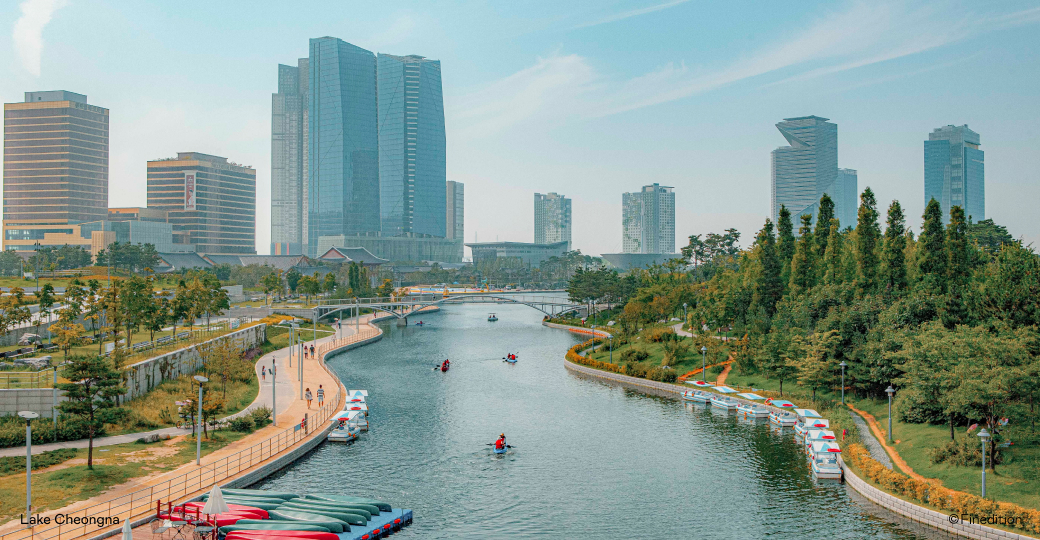
Incheon - Gateway to Korea
Incheon's significance as the country's primary international gateway makes it an important inclusion in this list. It offers a glimpse of South Korea's modern infrastructure and international connectivity. Travelers often land at Incheon International Airport, and the city presents opportunities to explore before embarking on journeys to other regions. It boasts attractions such as vibrant Chinatown and the futuristic Songdo district.
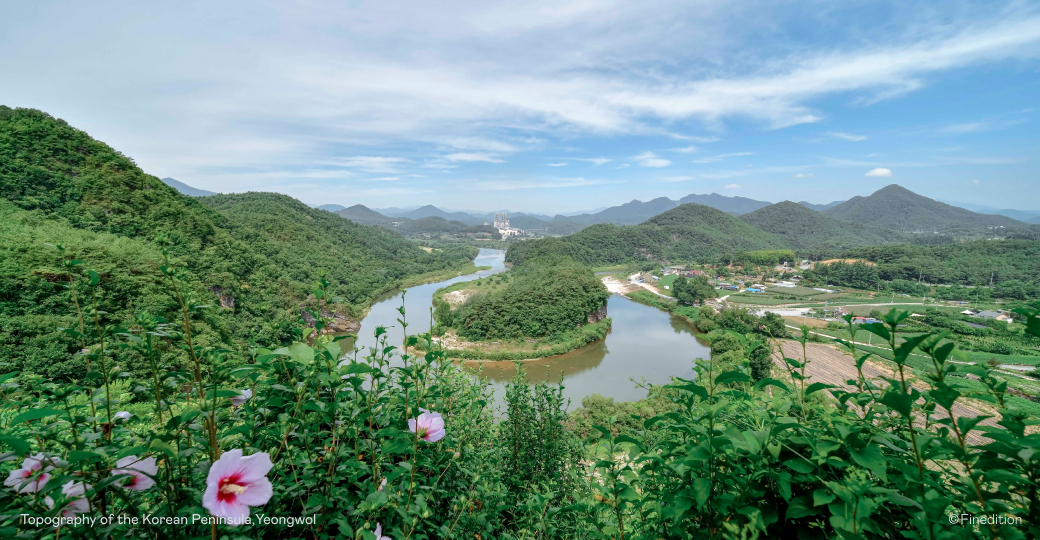
Gangwon Province - Nature and Sports
Gangwon Province is a region where South Koreans go to escape the hustle and bustle of city life. It's a playground for outdoor enthusiasts, offering activities like skiing in Pyeongchang during the winter and beach adventures in Gangneung during the summer. This region provides a contrast to the urban centers and a chance to appreciate South Korea's stunning natural beauty.
Imagine your Korea with us
As you embark on your Korean adventure, consider elevating your snacking experience with a few insider tips: Which region stands out as the most renowned? Seoul is undoubtedly the most famous, serving as the political, economic, and cultural center of South Korea. Which regions can we uncover the richest historical heritage? Gyeongju takes the crown for its wealth of historical sites, making it a must-visit for history enthusiasts. Among these regions, where can we experience the pinnacle of modernization? Seoul and Incheon stand out as the most modernized regions, featuring the latest in technology and infrastructure. Which region offers the most diverse natural landscape? Jeju Island is renowned for its unique volcanic terrain, featuring stunning coastal cliffs, lush forests, serene beaches, and impressive volcanic craters. Gangwon Province offers a variety of outdoor activities throughout the year, including skiing in the winter and beach adventures during the summer.
Which region stands out as the most renowned?
Seoul is undoubtedly the most famous, serving as the political, economic, and cultural center of South Korea. Which regions can we uncover the richest historical heritage? Gyeongju takes the crown for its wealth of historical sites, making it a must-visit for history enthusiasts. Among these regions, where can we experience the pinnacle of modernization? Seoul and Incheon stand out as the most modernized regions, featuring the latest in technology and infrastructure. Which region offers the most diverse natural landscape? Jeju Island is renowned for its unique volcanic terrain, featuring stunning coastal cliffs, lush forests, serene beaches, and impressive volcanic craters. Gangwon Province offers a variety of outdoor activities throughout the year, including skiing in the winter and beach adventures during the summer.

Fine Tip
As you embark on your Korean adventure, consider elevating your snacking experience with a few insider tips:
These six regions were carefully selected to provide foreign travelers with a diverse and immersive experience of South Korea. Each offers something unique, whether it's the dynamic blend of tradition and modernity in Seoul, the coastal allure of Busan, the natural wonder of Jeju Island, the historical treasures of Gyeongju, the modern gateway of Incheon, or the natural beauty and sporting adventures in Gangwon Province. Together, they paint a comprehensive picture of the culture, history, and natural beauty of this captivating nation.
Comments (2)
You May also like
Taste
Samgyeopsal, Every Korean’s Favorite!
Shopping
Hanji - Korean traditional Paper& Where to find them
Taste
Classic never goes out of style: About Korean Snacks & Where
Shopping
Useful tips in usingpublic transport in Korea
Taste
What a Culinary adventure! 6 Most loved K-foods
Spots
Royal palaces in Seoul & Which one to visit
Taste
Banchan odyssey, Explore a world of flavors
Explore
A Journey Throughthe National Museums
Heritage
Which markets are famous to locals in Seoul?

Bentley
hi you
28 Mar 2025
laya
Hihihhh
8 Jun 2025